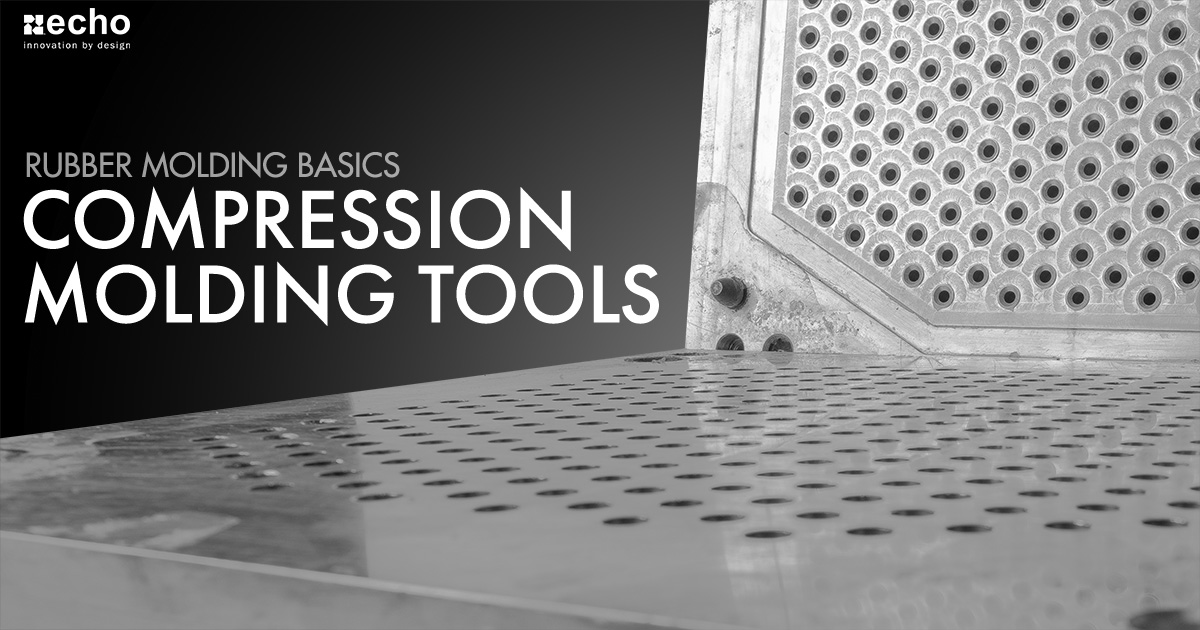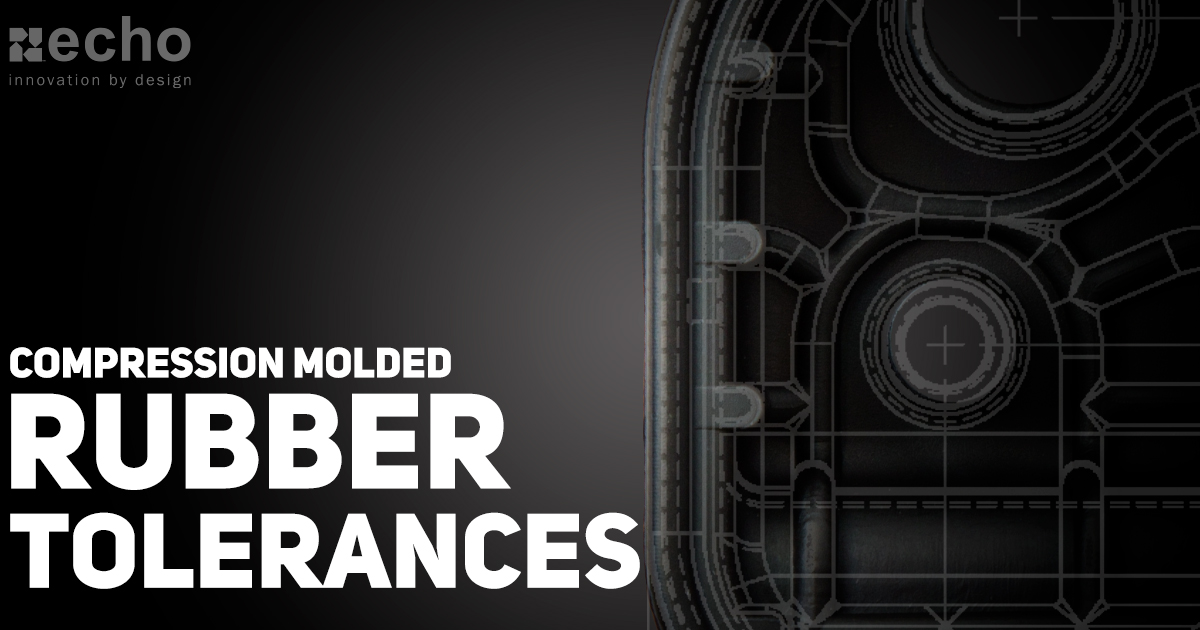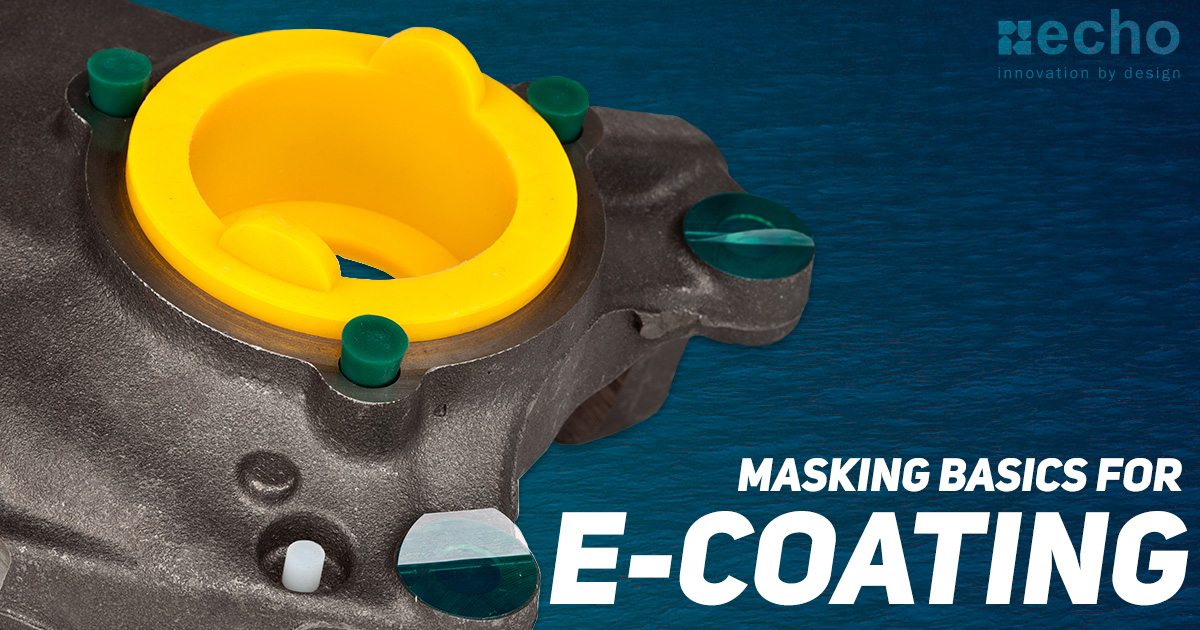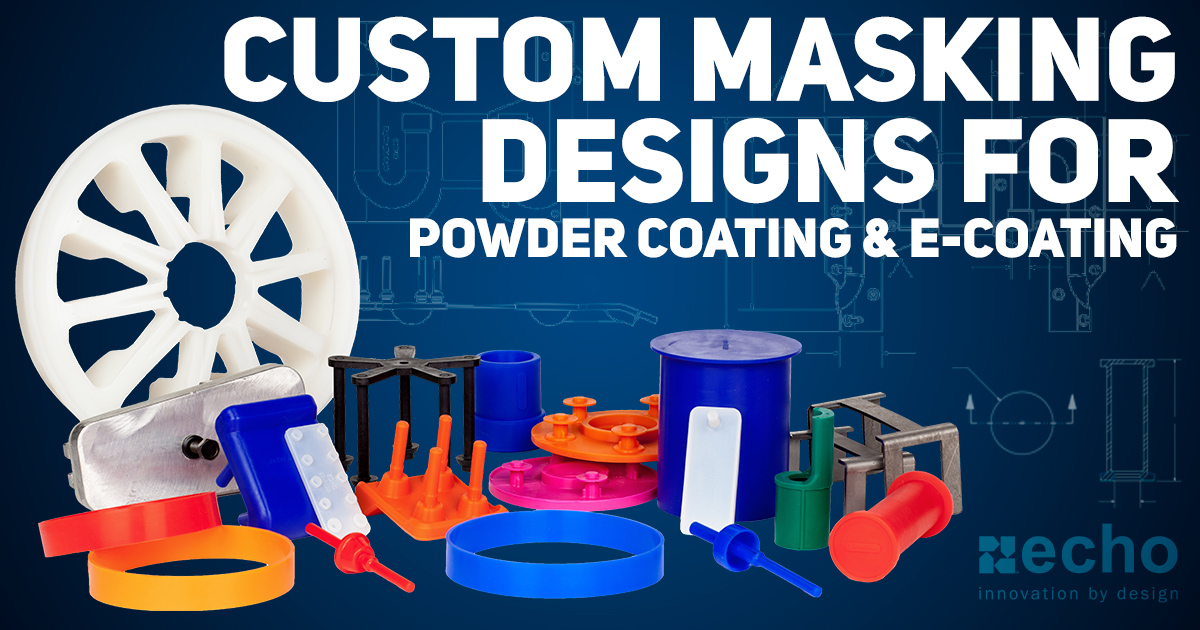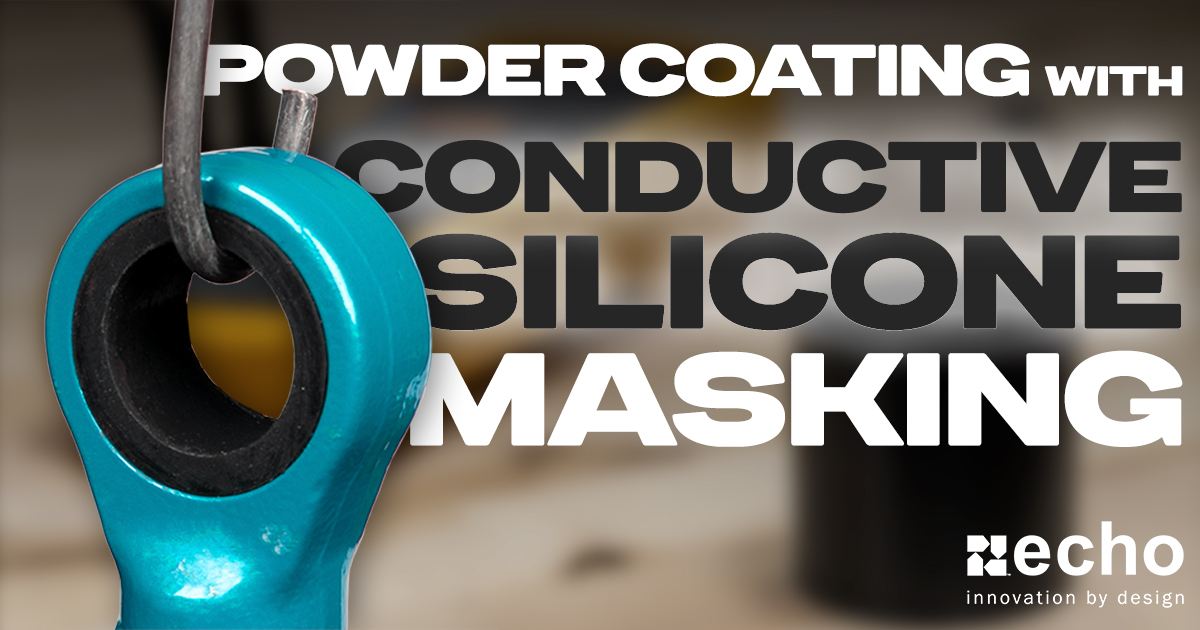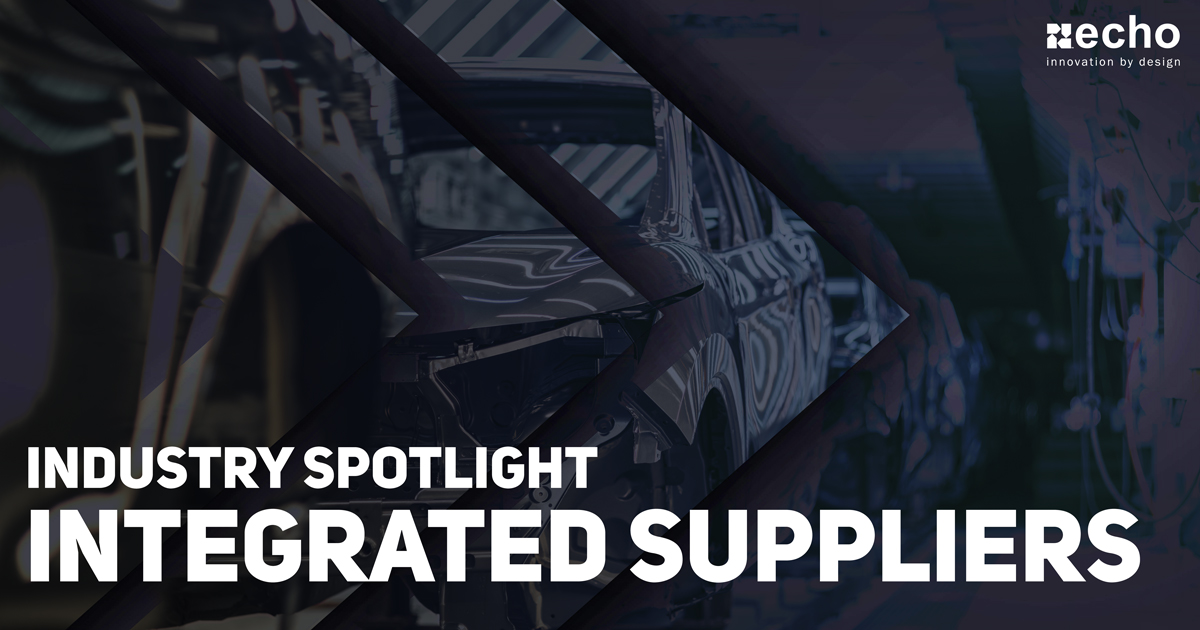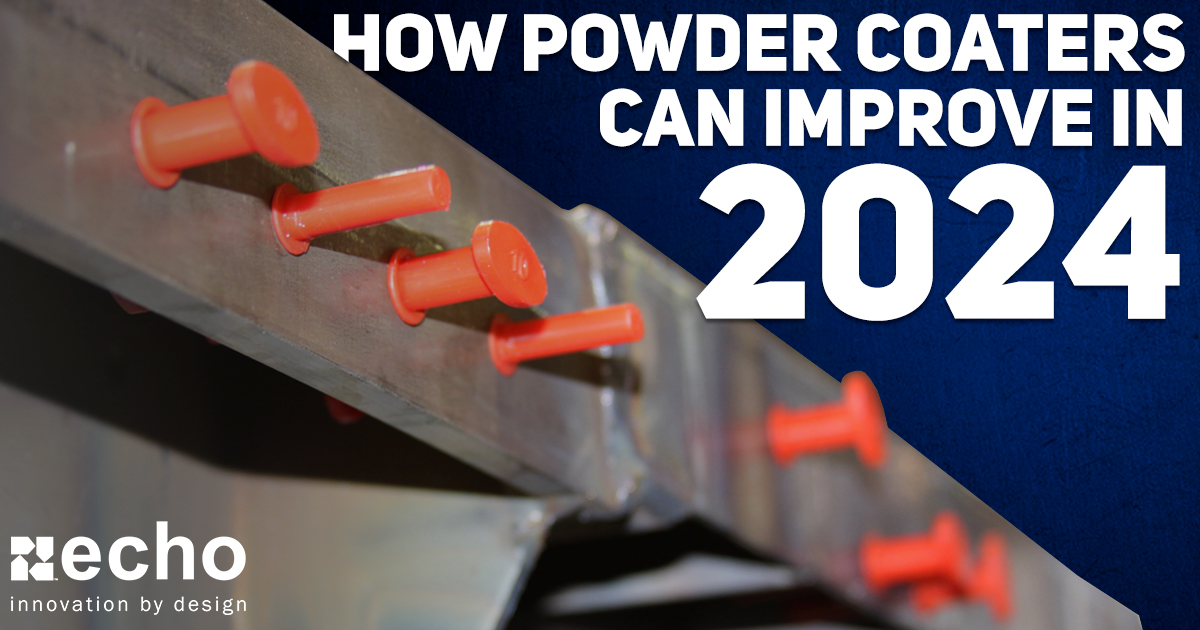Compression Molding Rubber for the New Era of Electric Vehicles
-
 By
Lee Lechner
By
Lee Lechner - Mar 16, 2022
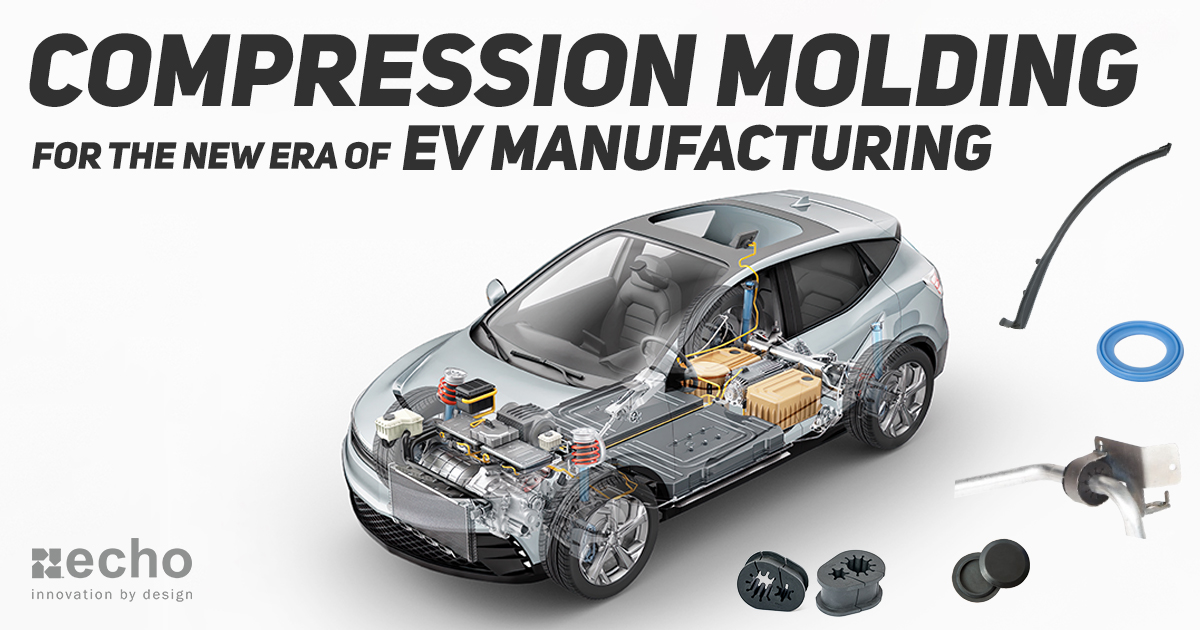
Which electric vehicle model is your dream vehicle to own and drive? Are you prepared for that initial shock of difference in driving experience? There's no engine, so how long will it take to get used to the lack of sound as you're sitting in your driveway in park?
In this post, we're going to take you through one of the many areas of a vehicle that needed to evolve with the shift towards an all-electric future: rubber compression molding.
Basics of Rubber Compression Molding
As we mentioned in a previous post, rubber compression molding is a process where you take a preformed rubber material and place it into a cavity of a heated mold. You then close the mold in order to shape the preformed material using pressure and heat for a specific amount of time in order to cure the rubber.
Rubber Compression Molding in EVS
When it comes to automotive, the primary applications you'll see rubber used for will be sealing, padding, and reducing noise and vibrations. EVs have paved the path towards removing the need for certain types of molded products, such as rubber pads and seals used on the fuel system, but have paved the path for new parts needed for the battery system and areas that have been identified as unacceptable noise and vibration weak points.
With the surge in demand for new EV models, manufacturers need to consider every stage of the molding process and how they affect a vehicle's design, price, speed, and quality. As a result, many of those processes needed to evolve over the past few years. To simplify things, we’ll review this whole compression molding process in 4 stages: designing, prototyping, tooling, and molding.
Design
Prototype
Tooling
Molding
Design Stage
Once you know the scope of what's needed, the first step will be the design phase. Outside of having to design for functionality, EV manufacturers are now having to put more emphasis on other design aspects:
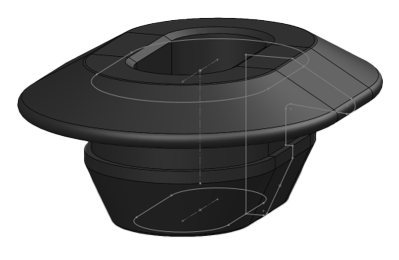

- DFA (Design for Assembly): With inventory shortages, engineers are now being asked to put slightly more emphasis on designing products that are able to be quickly and easily installed. This can include requesting products be tested to hit specific installation forces (example: EPDM panel plugs requiring an installation force of <= 45 N)
- Acoustic Loss Factor: Knowing and designing the product to impact acoustic loss factor (A basic example of this can be shown when you increase the thickness of a panel plug)
- Weight: Batteries have made EVs a heavy load. Because of this, engineers have to optimize the design to meet testing specs, while also reducing overall weight when possible
- DFM (Design for Moldability): Designing for moldability is crucial for complex designs and high-volume products. The harder they are to mold, the longer they'll take to get in hand (which is a big deal with today's vehicle shortage)
Prototyping
Design is all great in theory to say something will work, but that's not enough. EV engineers need something in their hands to completely understand how it will work and perform. They also need the part so that they're able to test and validate the concept. When it comes to plastic, we've all seen the amazing progress made with 3D printing, but what about rubber?
Rapid prototyping rubber is not as easy. At one point your options were either to cut an aluminum tool (which is costly and can take weeks to get parts in hand) or to 3D print using a "rubber-like" material. The issue with rubber-like materials is you're able to test form and fit, but rarely can you test function.
So, what is rubber prototyping's role in the new era of electric vehicles?
It all comes down to innovating the process to speed things along. Recently, Echo developed a method of 3D printing molds that are used to compression mold production-grade EPDM and Silicone. This new process can create physical parts for our engineers to have in hand to examine for potential issues, areas for improvement, moldability, and many other elements of the product's design. This has played a crucial role for EVs being able to bring new rubber parts, such as EPDM panel plugs, to life in days, not months!
What does this process of rapid prototyping and testing look like? Rather than explain it, we put together a little video to demonstrate how we're able to do it...
Tooling Process
In the automotive world, not too much has changed when it comes to molds for rubber compression molding. Production tooling will typically consist of 2 steel plates with alignment pins and cavities. So, what changes have been made for EV manufacturing?
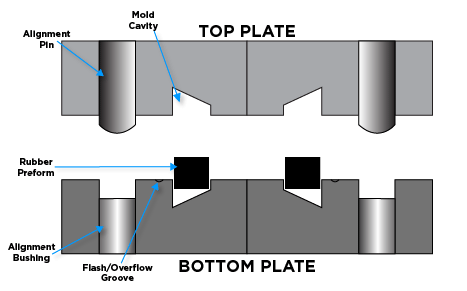

Design for Moldability: We wanted to mention this one again, as much of the rubber production today is done overseas due to the amount of labor that is required to fill the molds and then de-mold and remove the flash. Unlike plastic injection molding, this is very labor-intensive. If parts are not designed correctly for the tool, then EVs will not be able to get parts fast enough and costs may increase
Cavity Optimization: Optimizing the cavity layout gives us the ability to produce more parts in less time.
Reducing Scrap: More flash / rubber scrap = wasted money. Once the rubber is cured, it cannot be reused, so it's vital to optimize cavities and part designs to reduce unwanted scrap
Optimizing Mold Heating Process: Understanding the type of mold you're using and determining what modifications need to be made to reduce the time to reheat molds between cycles.
Mold Process - Understanding and Optimizing
The molding (and demolding) process takes experience and creative ingenuity to optimize the entire process to meet the needs of high-volume requests. What exactly does that mean though?
Well, when you think of rubber molding, do you just think of the parts being pulled out of the cavities? It's easy to just breeze past this portion when sourcing your project, but this is an area that needs to be evaluated with just as much consideration as all of the other elements. If you're unsure what to look for, here are a few areas that top molders optimize for improving their operations and efficiencies:
- Optimizing the rubber preforms: Using the correct size and shape rubber preform is crucial for efficient molding. If you're using too little, parts won't pass inspection. If you're adding too much, it'll result in longer cycles and costly waste
- Tools used to quickly load material into cavities (see image) - Your goal here is to minimize the amount of time it takes to fill the cavities in order to begin the next molding cycle as fast as possible.
- Tools to quickly remove parts from mold - To improve removal time, compression molders need to find ways to speed up this process. Sometimes, it's as simple as using compressed air to get the parts to pop out. More complex parts will require experience and possibly custom tooling
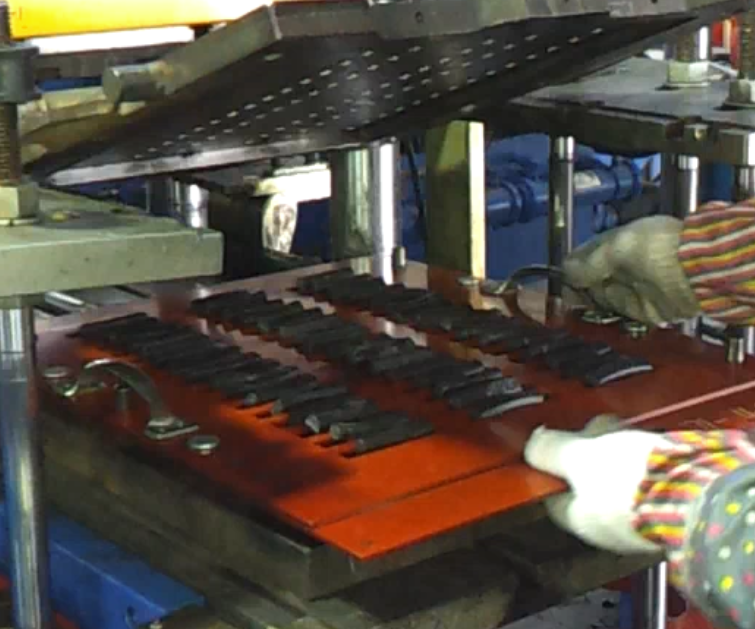

Compression Molded Part Examples
The list of products in an electric vehicle is fairly extensive. We aren't going to list out all of them here, but as you can in the image, they come in a variety of shapes and sizes.
The best way to look at them can be by application. Typically, if a part found in a EV is compression molded, it's most likely used for sealing applications (i.e. The curved door seal, panel plugs/drain plugs, etc.), NVH applications (anti-vibration grommets, shims, plugs, etc.), and covers (brake pedal pads, boots, etc.)
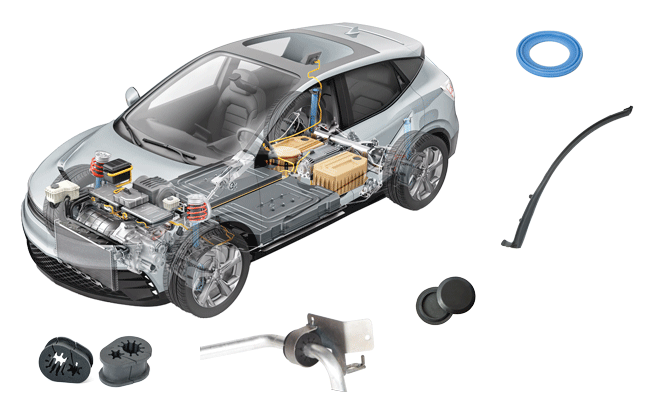

Conclusion
Without an engine to cover up all the small clicks & clacks and endless other noises you don't want to hear, automotive manufacturers are needing to find more ways to absorb vibrations and reduce noise that makes it into the cabin. Because of this, demand for compression molded rubber products, such as EPDM panel plugs, has increased. As we've seen recently, demand for EVs has also grown exponentially.
The issue? Compression molding can be an intensive process and requires expertise in meeting these demands. This all starts with design and prototyping but it doesn't end there. If you're looking for more help, reach out using the form below to get in contact with our engineers.
About Echo Engineering
Echo engineering has over 50 years of experience and specializes in designing, prototyping, and full-production manufacturing of a variety of rubber and plastic components you'll find on many of today's most popular vehicles. If you have any questions, looking to get a part molded, or need to request a quote, fill out the form above and our team will get back to you as soon as possible.



